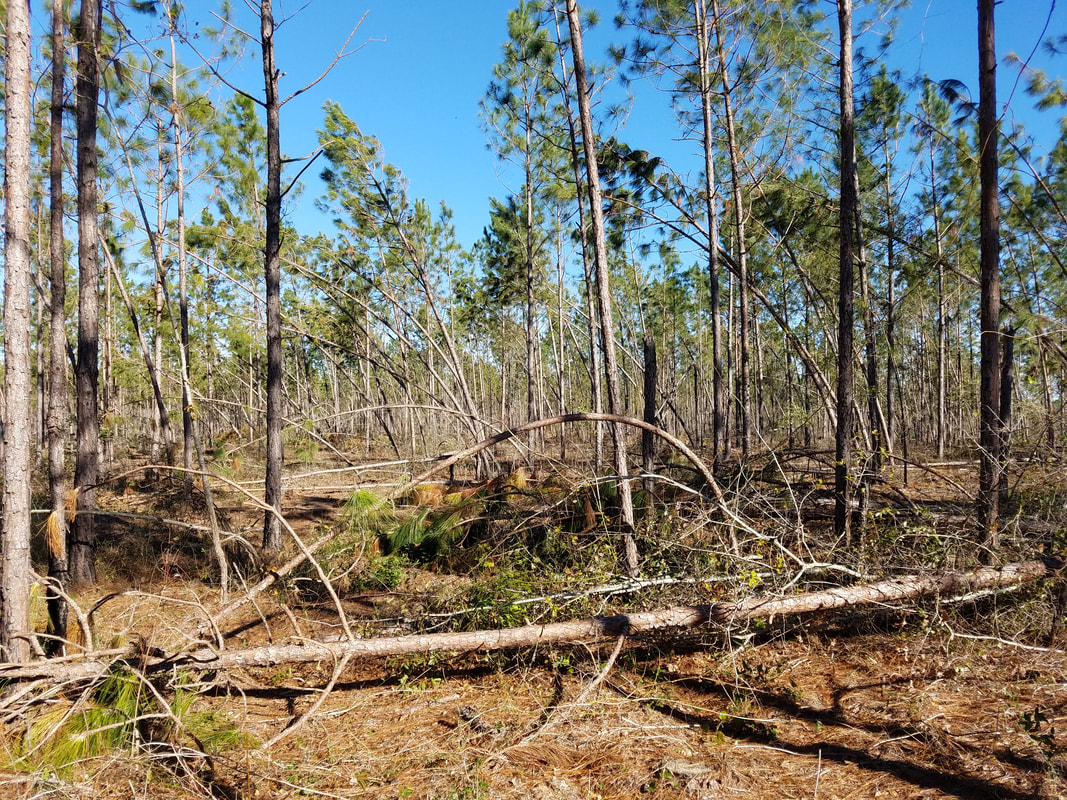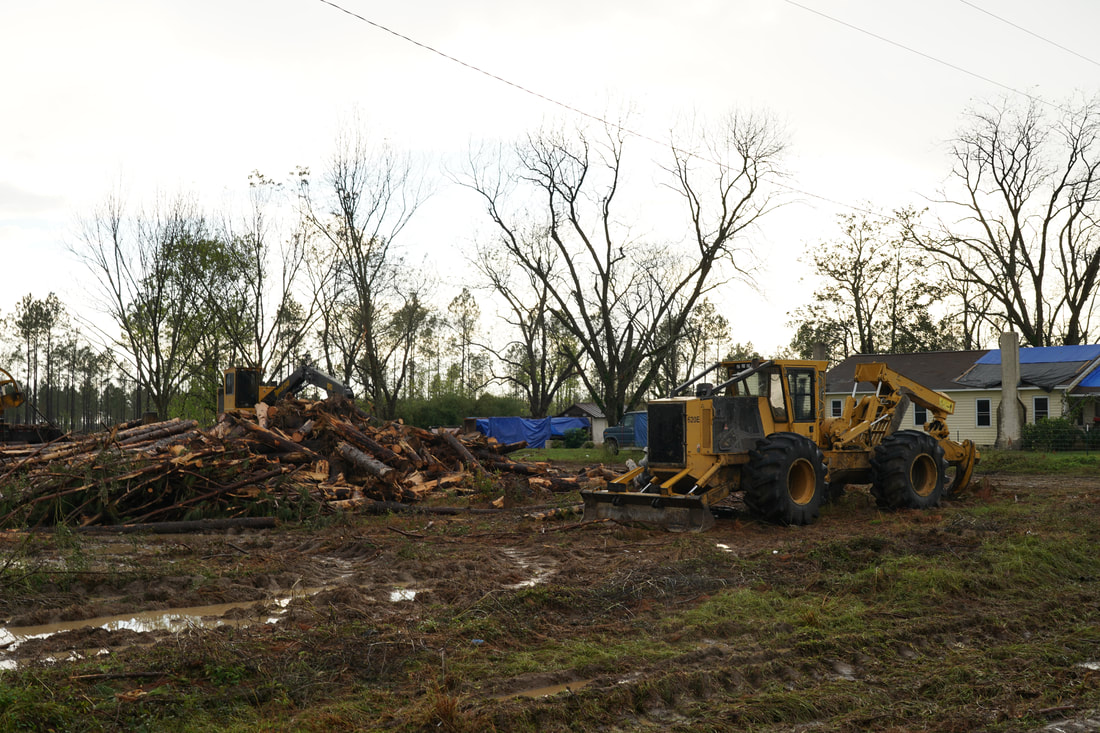Recovering from the 2018 Storms
Hurricane Michael brought significant losses - and some gains - to South Georgia's forest owners.
By: Reid Singer
April 29, 2019
Photography courtesy of Story for Story
April 29, 2019
Photography courtesy of Story for Story




